Tag: Executive Order
-
Biden issued one executive order about supply chains in June
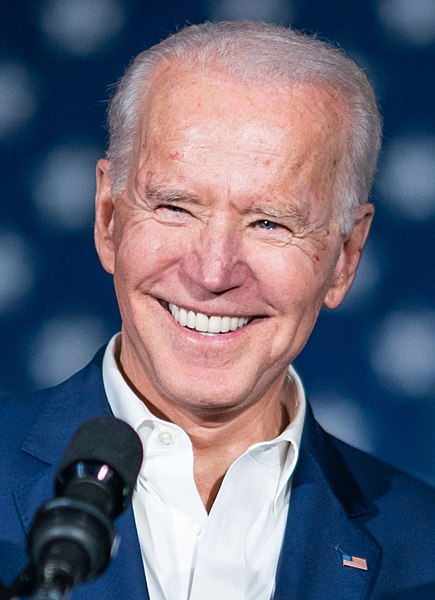
President Joe Biden (D) issued 1 executive order in June, bringing his total to 139. The one order he issued in June was: Biden issued 25 executive orders in January 2021, more than any other month of his presidency. He did not issue any executive orders in November 2022, January 2023, January 2024, and May…
-
President Joe Biden (D) issued no executive orders in May, keeping his total at 138
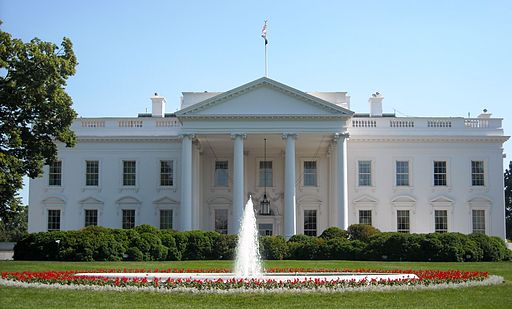
President Joe Biden (D) issued no executive orders in May. This was the fourth month of his presidency where he issued no executive orders. The other three instances took place in November 2022, January 2023, and January 2024. Biden issued 25 executive orders in January 2021, more than any other month of his presidency. Biden…
-
Biden issued one executive order about public health in April
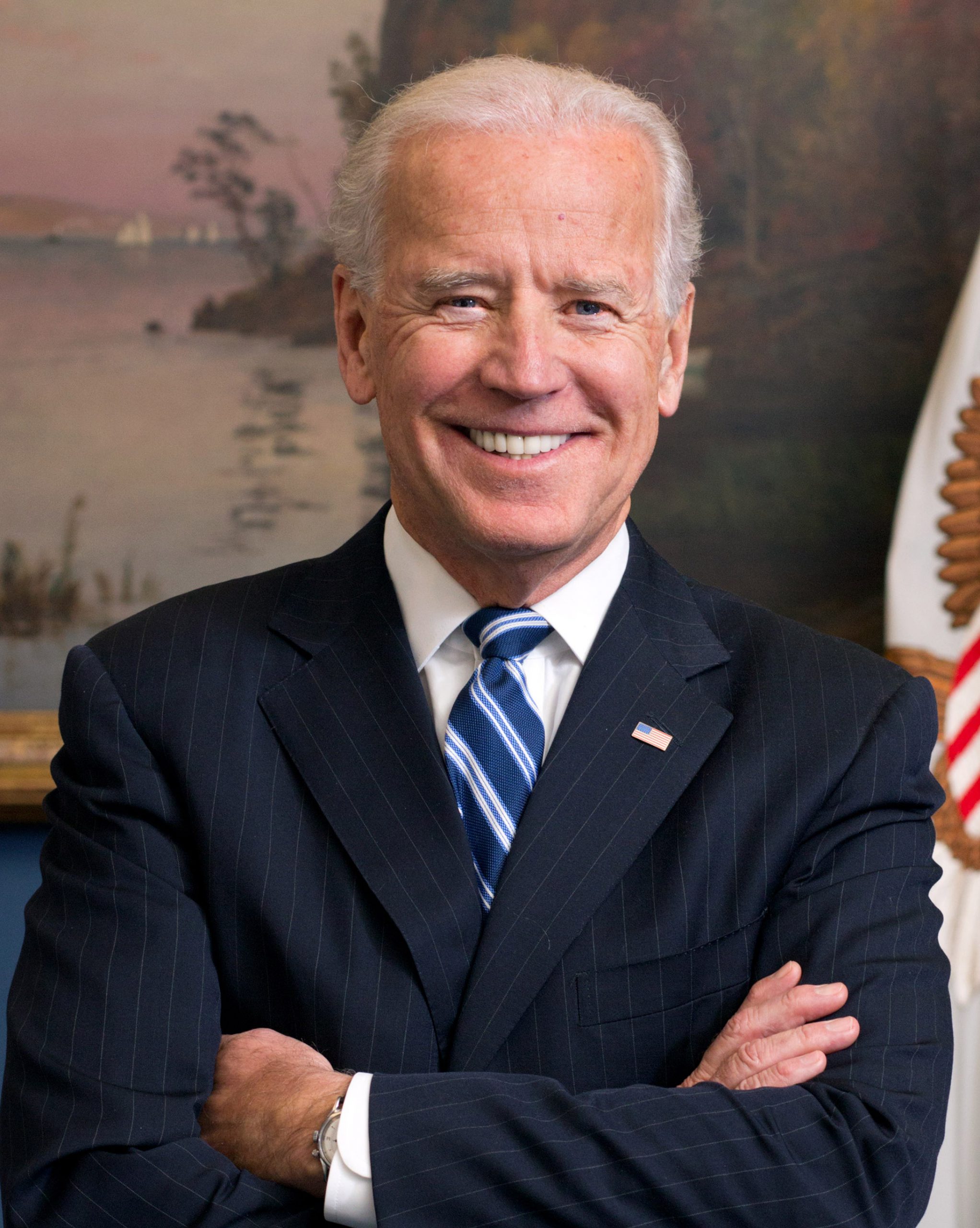
President Joe Biden (D) issued one executive order in April, bringing his total to 138. The one order he issued in April was: Biden issued 25 executive orders in January 2021, more than any other month of his presidency. He did not issue any executive orders in November 2022, January 2023, and January 2024. Biden…
-
Joe Biden issued three executive orders in February
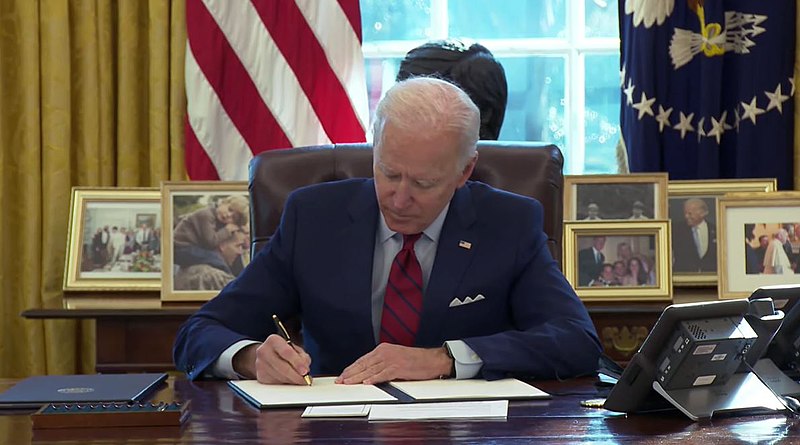
President Joe Biden (D) issued three executive orders in February, bringing his total number to 133. The three orders he issued in February were: Biden issued 25 executive orders in January 2021, more than any other month of his presidency. He did not issue any executive orders in November 2022, January 2023, or January 2024.…
-
Biden issued one executive order in November

President Joe Biden (D) issued one executive order in November, bringing his total to 125. The executive order he issued in November was:Executive Order on Interagency Security Committee (November 27, 2023) Biden issued 25 executive orders in January 2021, more than any other month of his presidency. He did not issue any executive orders in…
-
State governors issue 39 executive orders from Nov. 13-26
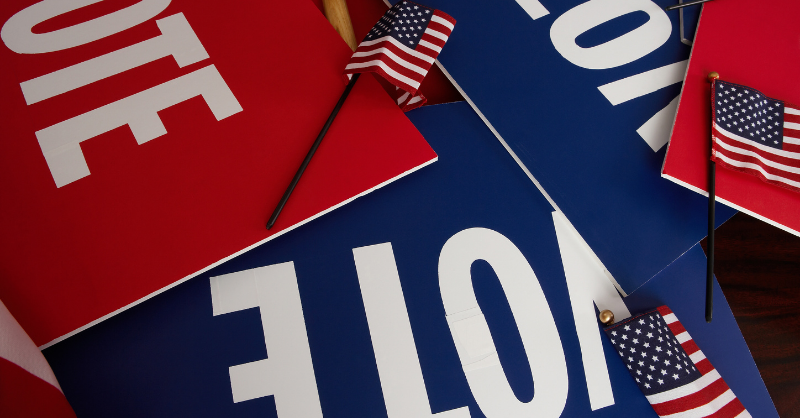
State governors issued 39 executive orders from Nov. 13-26. Georgia Gov. Brian Kemp (R) led the field with 19, followed by Florida Gov. Ron DeSantis (R) with seven. Governors in 37 states issued the fewest orders with zero. Governors use executive orders to manage executive branch operations. The 39 executive orders account for 3% of…
-
State governors issue 33 executive orders from Oct. 16-29

Nationally, state governors issued 33 executive orders from Oct. 16-29. Georgia Gov. Brian Kemp (R) led the field with nine, followed by Massachusetts Gov. Maura Healey (D) with three. Governors in 35 states issued the fewest orders with zero. Governors use executive orders to manage executive branch operations. The 33 orders account for 2% of…
-
Biden issues one executive order about artificial intelligence in October

President Joe Biden (D) issued one executive order in October, bringing his total number to 124. The one order he issued in October was: Biden issued 25 executive orders in January 2021, more than any other month of his presidency. He did not issue any executive orders in November 2022 and January 2023. Biden is…
-
State governors issue 85 executive orders from Aug. 28-Sept. 10

State governors issued 85 executive orders from Aug. 28-Sept. 10. Georgia Gov. Brian Kemp (R) led the field with 45, followed by Florida Gov. Ron DeSantis (R), New Mexico Gov. Michelle Lujan Grisham (D), and Oregon Gov. Tina Kotek (D) with five each. Governors in 31 states issued no executive orders. Governors use executive orders…
-
Biden issues executive orders on courts-martial rules and domestic manufacturing in July

President Joe Biden (D) issued two executive orders in July, the 118th and 119th of his presidency. The two orders he issued in July were: Executive Order on 2023 Amendments to the Manual for Courts-Martial, United States (July 28, 2023) Executive Order on Federal Research and Development in Support of Domestic Manufacturing and United States Jobs (July…

